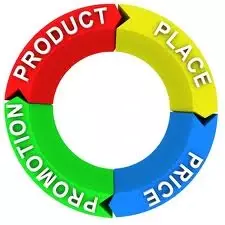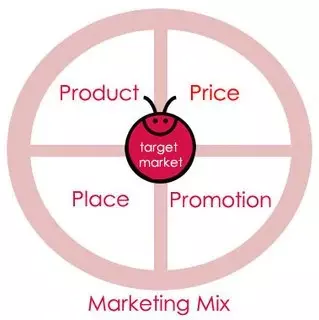
Distribution is the entire process that allows the product to reach the final consumer from the place of production. According to the classical economic theory of 4p (product, price, place and promotion: in Spanish product, price, production, distribution and promotion) the distribution performs two fundamental functions:
Advertisements
1- the productive function, since the goods can be transferred in space and time. For example, a company may have its own warehouses or supply the products in warehouses of wholesalers.
2- the financial function, since the distributors pay in advance for the merchandise, allowing the producer to return from the expenses caused by the production process in fast and safe times.
Advertisements
There are two types of distribution channels and each producer must choose the most suitable for their own sector, considering the type of product, the consumers to whom it is directed, the geographical area of interest and other factors:
- the direct channel, when the product passes directly from the producer to the consumer, for example through a dedicated company website or an exclusive brand store.
Advertisements
- the indirect channel, when the sale requires intermediaries; in this second case the channel can be defined:
a- short channel, if it refers to the major cover distribution, and only requires an intermediary between producer and final consumer
Advertisements
b- long channel, if between the private seller and the producer there is the role of the wholesaler who assures an advisory logistics, a transport service, deliveries with guaranteed times and the possibility of always having more products. At the same time the wholesaler offers the possibility to promote the new products for a better reception in the market.
Once the preferential sales channel has been defined, we must make another important choice for the distribution of our product, which is related to the concept of sales force, since sellers can be:
Advertisements
- direct sellers, if it is personnel in charge of the company; in this case they will be a fixed cost that must be considered independently of sales
- indirect sellersIf they are independent agents, which of course will be a lower cost, but they will also be less trusted personnel and that we will be able to control to a lesser extent.
Clearly the best choices will depend on many factors, however today it is possible to capture some market trends that are marking their mark on business habits:
- the concentration of the distributive apparatus, determined by large multi-store centers that offer wider points of sale and at the same time determine the closure of many small merchants.
- the substantial change in consumer buying habits, which is showing signs of being more faithful to places of purchase than to certain brands of products.
- the incidence of online commerce, which is radically changing many shopping habits and puts producers and sellers facing a completely new challenge in many ways.

